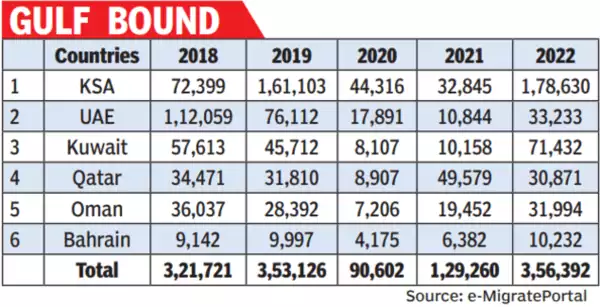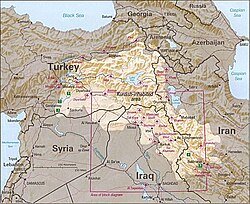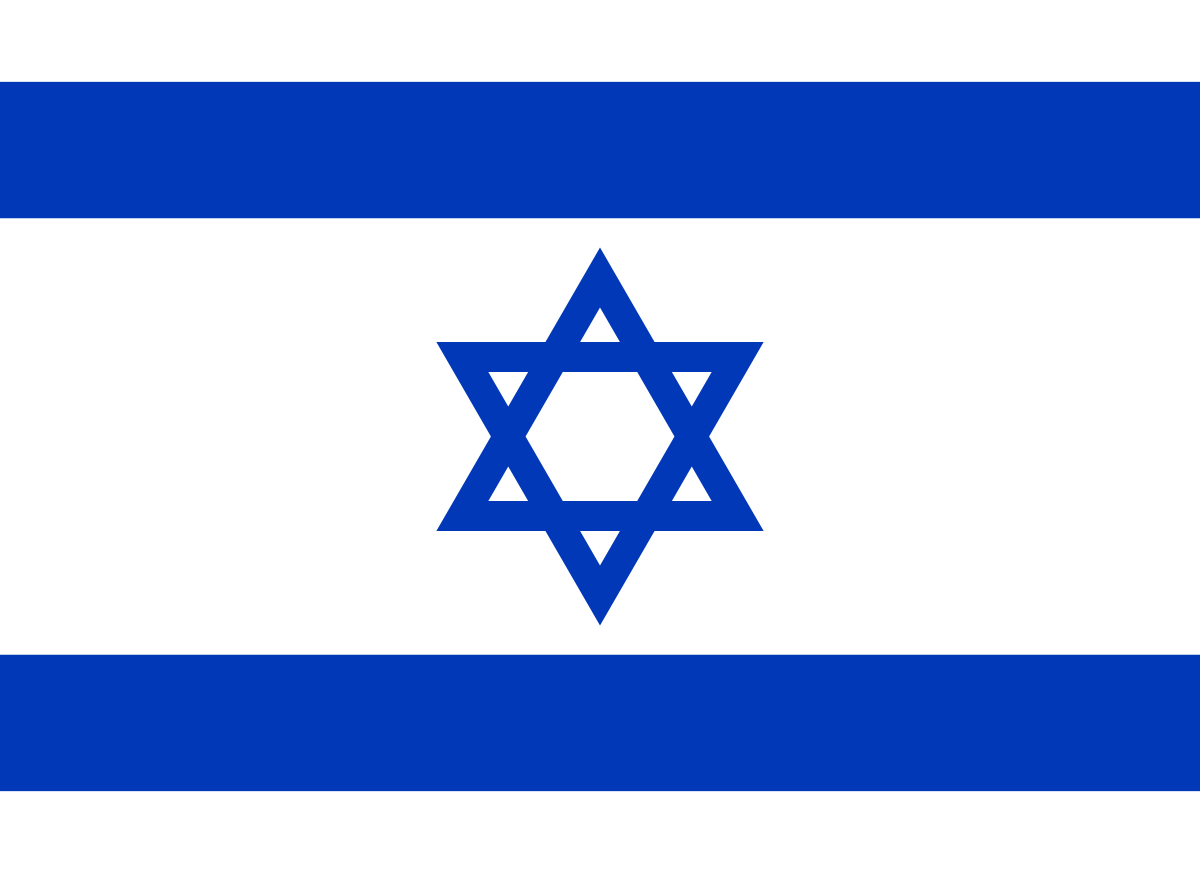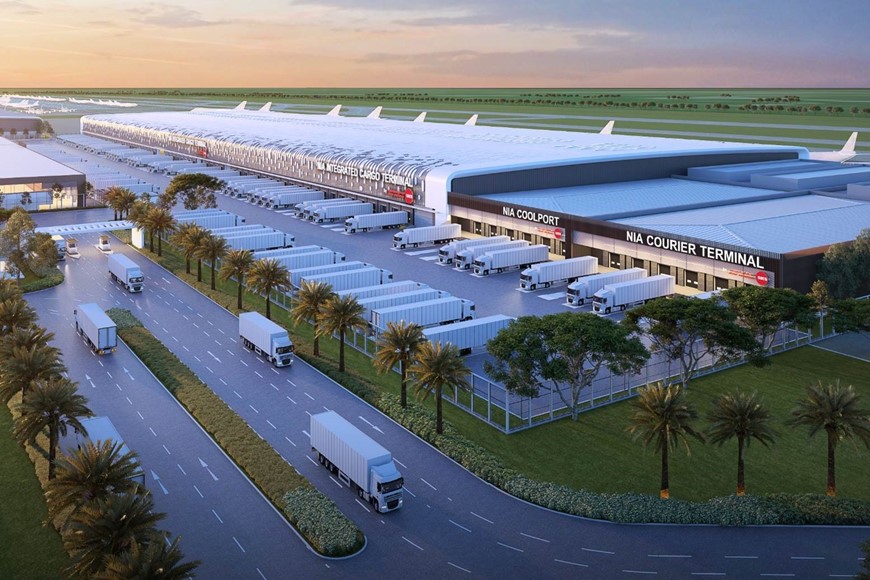After the United Arab Emirates, Saudi Arabia has the most significant number of Indian ex-pats. Saudi Arabia will supply 178,630 employment to Indians by 2022. The figure increased fivefold between 2021 and 2020, reaching 32,845 and 44,316, respectively
The Kingdom of Saudi Arabia ranked first among Gulf nations regarding the employment available to Indians in 2022. After the United Arab Emirates, Saudi Arabia has the most significant number of Indian ex-pats. Saudi Arabia will supply 178,630 employment to Indians by 2022. The figure increased fivefold between 2021 and 2020, reaching 32,845 and 44,316, respectively.
Last year, Omar Bin Sultan Al Olama, UAE Minister of State for Artificial Intelligence, Digital Economy, and Remote Work Applications spoke to Dataquest about how the UAE encourages diversity of talent. “The United Arab Emirates (UAE) encourages diversity of talent. It mustn’t be specific for a talent to have a particular nationality or geography. I believe the issues of talent crunch only comes up when you’re focusing on one specific talent pool. When you witness things from a global perspective, you will see that there is an increased interest in AI and there is more and more talent coming into the workforce. When it comes to the UAE, there has been an increase in talent and not the contrary. The AI talent in the UAE has doubled over the last two years,” said Al Olama.
-
An estimated 70% of the Indian population in this region is semi-skilled or unskilled labour. Doctors, engineers, architects, chartered accountants, bankers, and other ‘white-collar’ professionals account for 20 to 23% of Indian professionals
-
“It is likely to increase exponentially in the next few years… The bulk of our personnel are Indian.”
— Ashif, Businessman
Kuwait is the second country on this list, with a seven-fold increase from 2021. Bahrain came in last place, with only 10,232 job openings. The UAE, which welcomed the most Indians in 2018, continues to suffer a decline in recruitment. In 2018, the UAE hired 57,613 individuals, while in 2019, it hired 45,712 Indians.
According to data from India’s Ministry of External Affairs (MEA), about half of the country’s migrant workforce works in Gulf Cooperation Council (GCC) countries. An estimated 70% of the Indian population in this region is semi-skilled or unskilled labour. Doctors, engineers, architects, chartered accountants, bankers, and other ‘white-collar’ professionals account for 20 to 23% of Indian professionals. “It is likely to increase exponentially in the next few years,” said Ashif, whose business serves a variety of industries. “The bulk of our personnel are Indian,” he said, according to the Times of India.
***************************************************************
Readers
These are extraordinary times. All of us have to rely on high-impact, trustworthy journalism. And this is especially true of the Indian Diaspora. Members of the Indian community overseas cannot be fed with inaccurate news.
Pravasi Samwad is a venture that has no shareholders. It is the result of an impassioned initiative of a handful of Indian journalists spread around the world. We have taken the small step forward with the pledge to provide news with accuracy, free from political and commercial influence. Our aim is to keep you, our readers, informed about developments at ‘home’ and across the world that affect you.
Please help us to keep our journalism independent and free.
In these difficult times, to run a news website requires finances. While every contribution, big or small, will makes a difference, we request our readers to put us in touch with advertisers worldwide. It will be a great help.
For more information: pravasisamwad00@gmail.com










